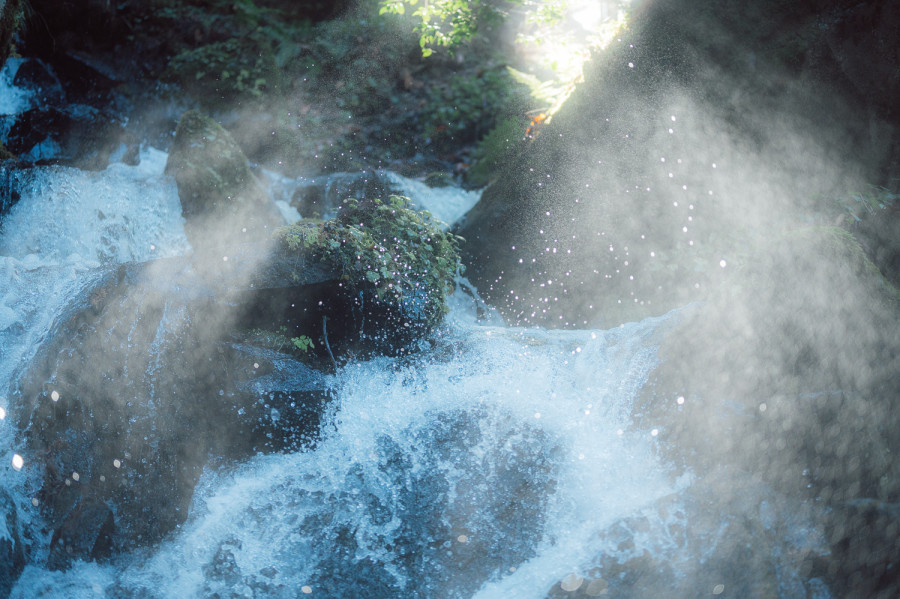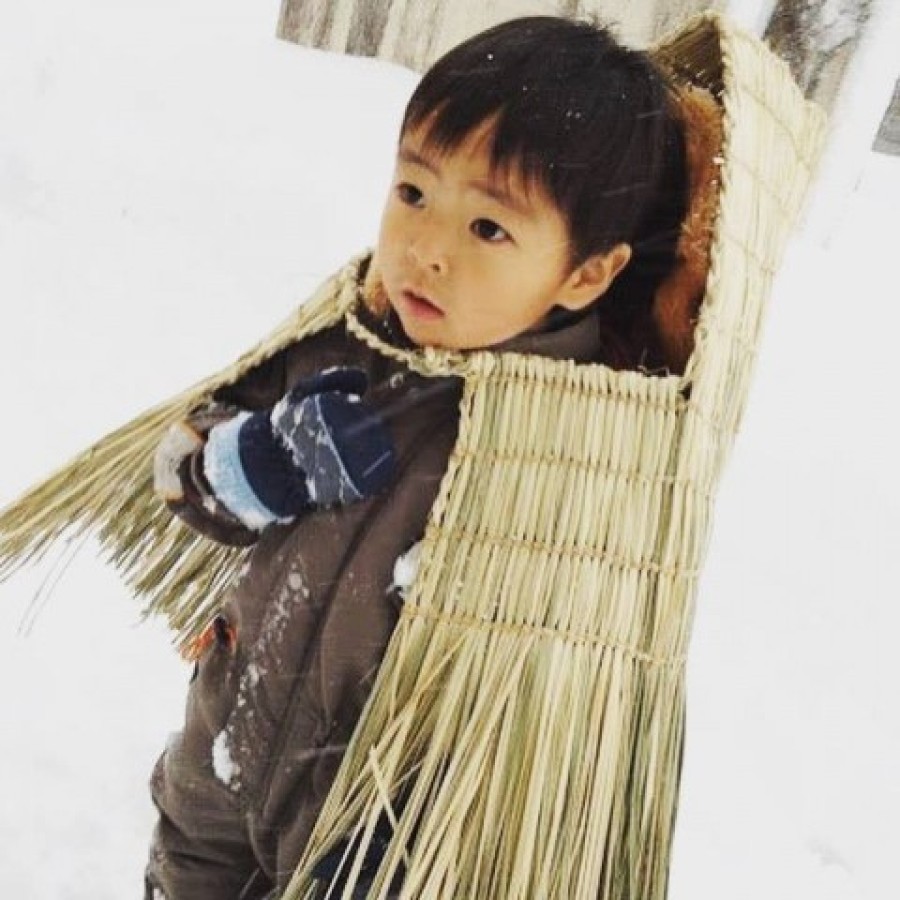Tsunan Town, Niigata Prefecture, is said to have the world's largest snowfall in an inhabited area. This is a record of my daily life in such a town.
Suddenly, my work took me to a facility called Najomon, where I could come into contact with a pit dwelling and flame-shaped earthenware.
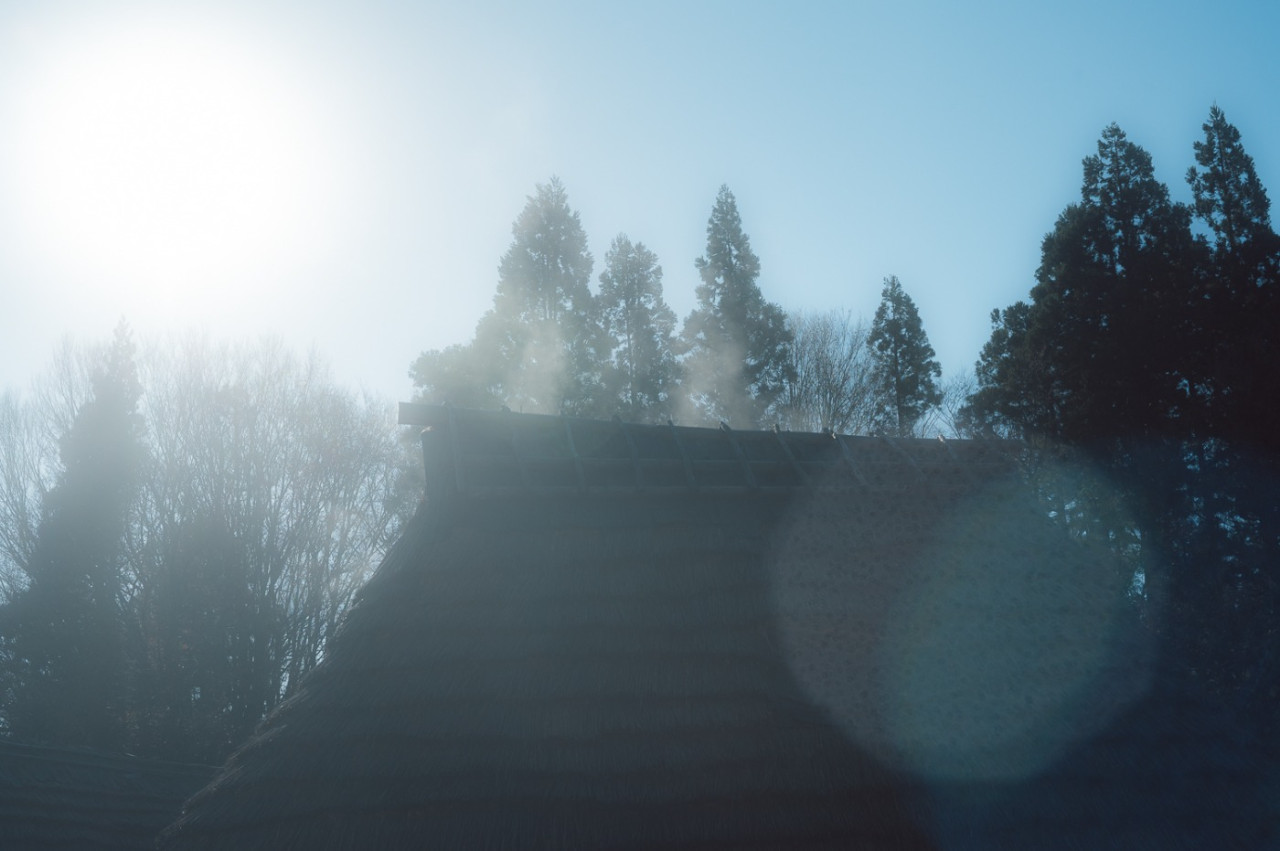
Beautiful morning mist.
Tsunan town just before the snow falls.
The sun was warm today and there was a haze everywhere.
In the pit houses, fires were built to dry out the houses and smoke filled the air.
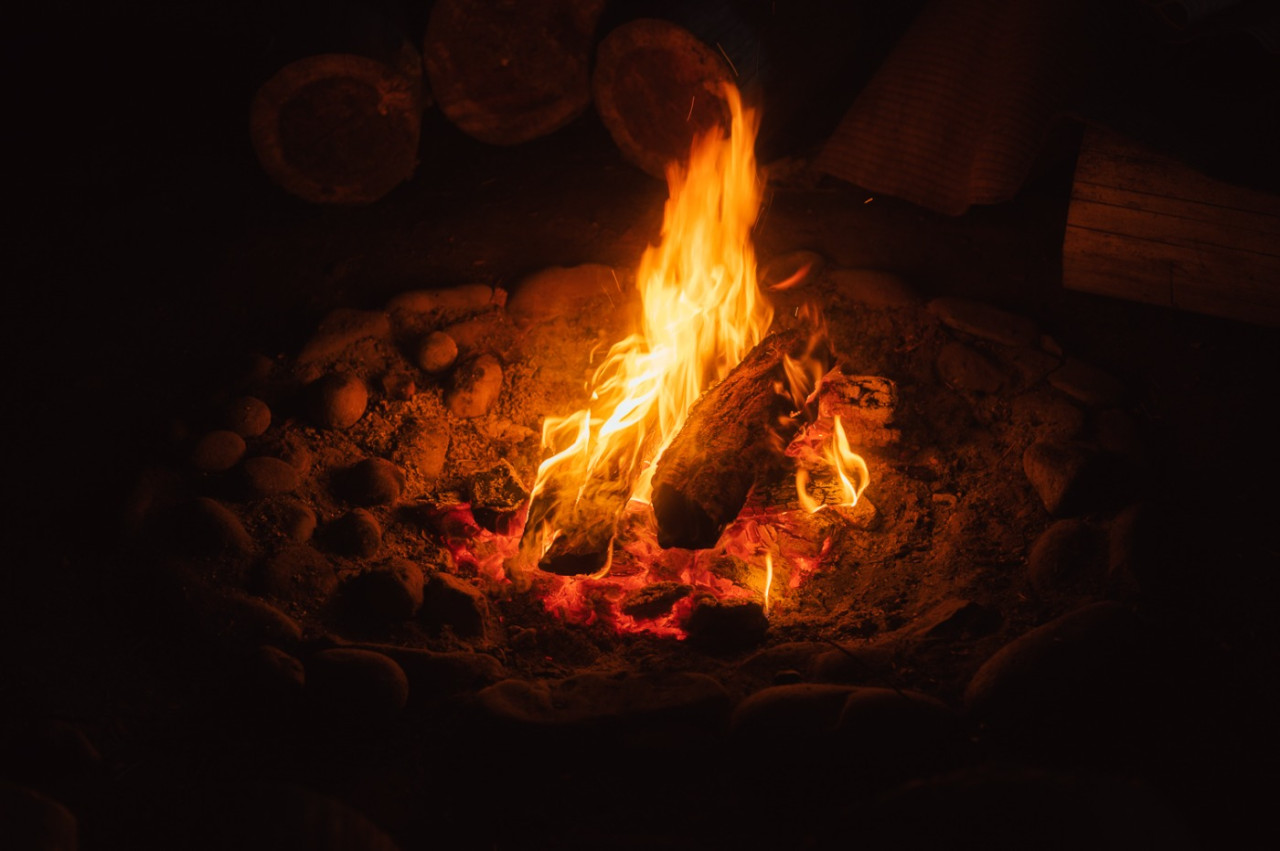
The landscape as the Jomon people would have seen it 10,000 years ago.
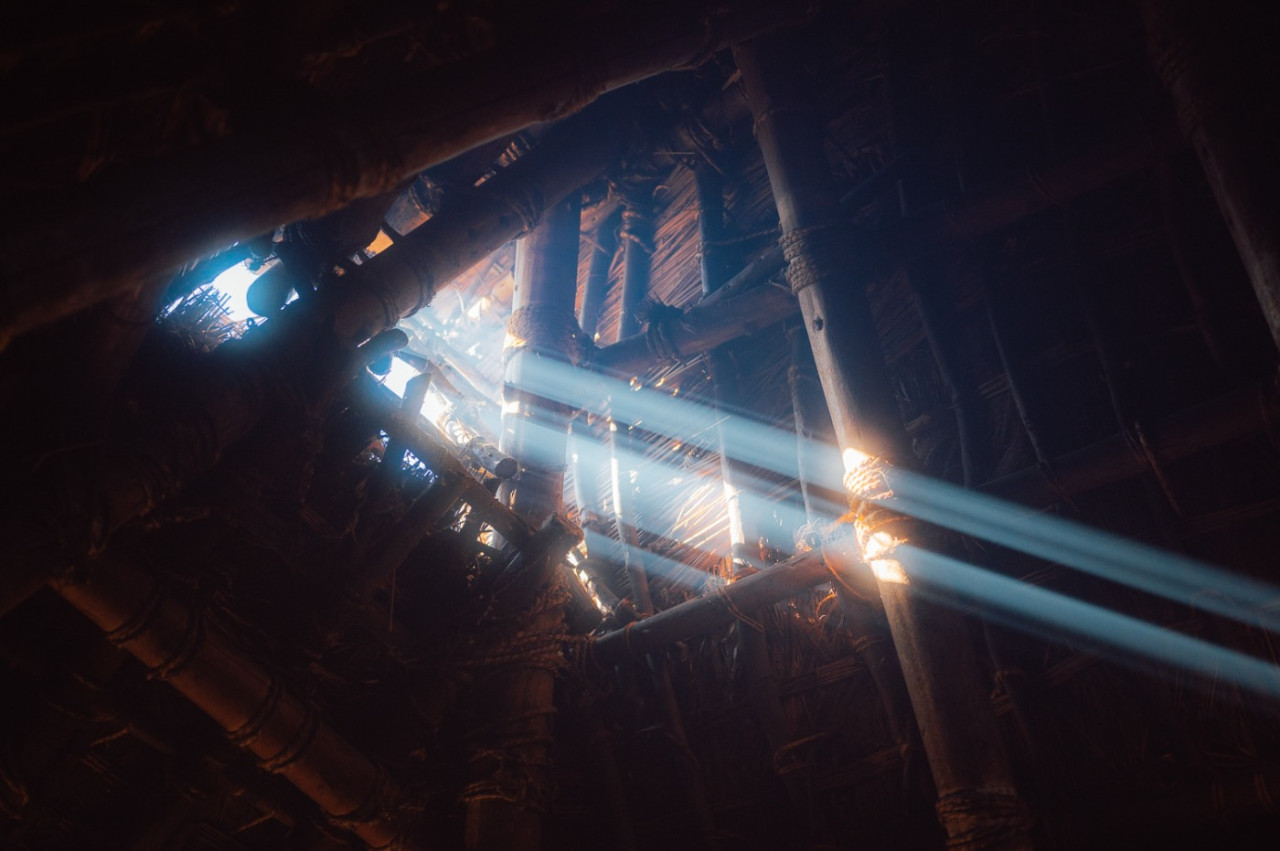
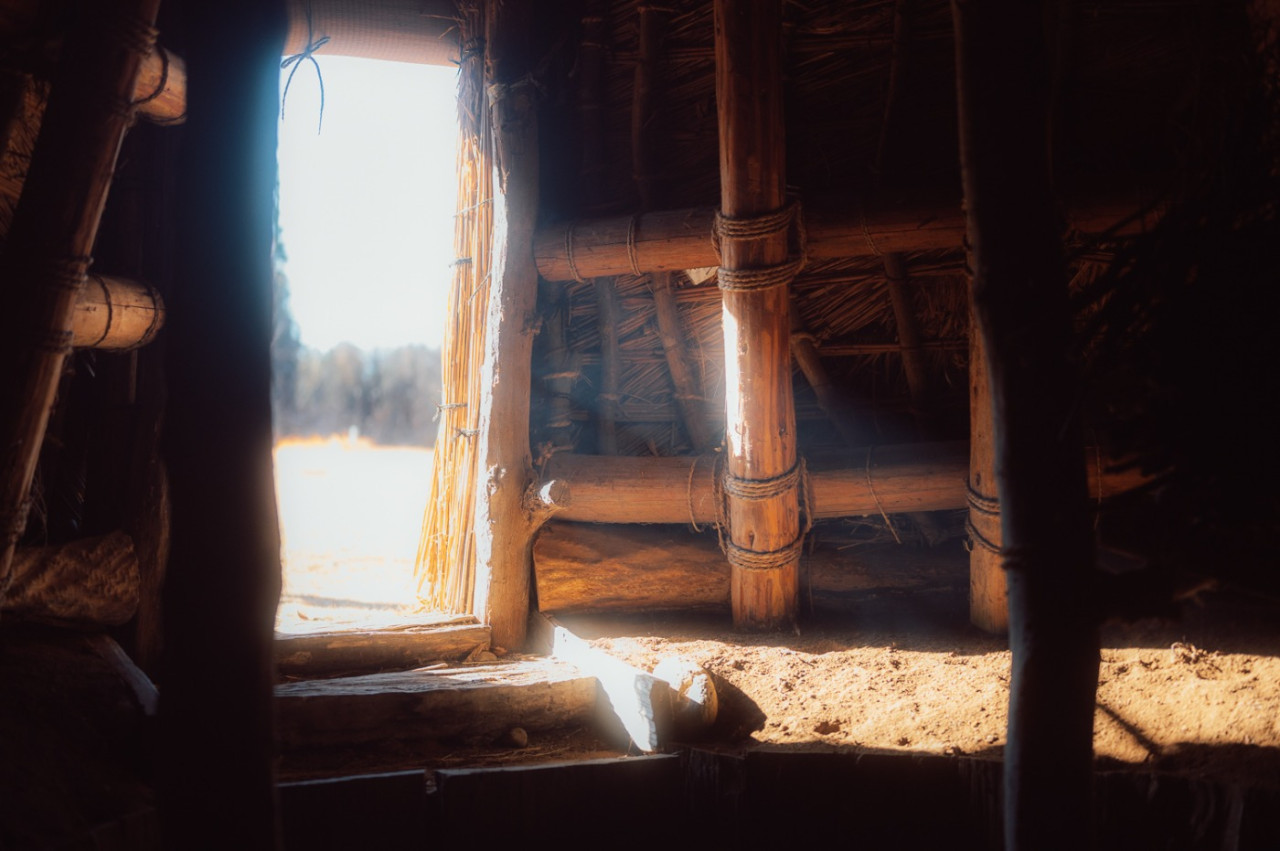
Speaking of the Jomon period, there are said to be no signs of conflict at all among the remains that have emerged.
The town is one of the world's heaviest snowfall areas, with more than 3 metres of snow falling every year.
Surely they had no need for conflict, much less to help each other.
Yes, this 'snow' is the key word in this town, in my opinion.

Abundant water, thanks to the snow, and the flora and fauna that thrive on it.
Winter is certainly hard work. Every morning you have to clear the snow above your waist, unload the snow from the roof and make way for it.
But it is all a 'resource'.
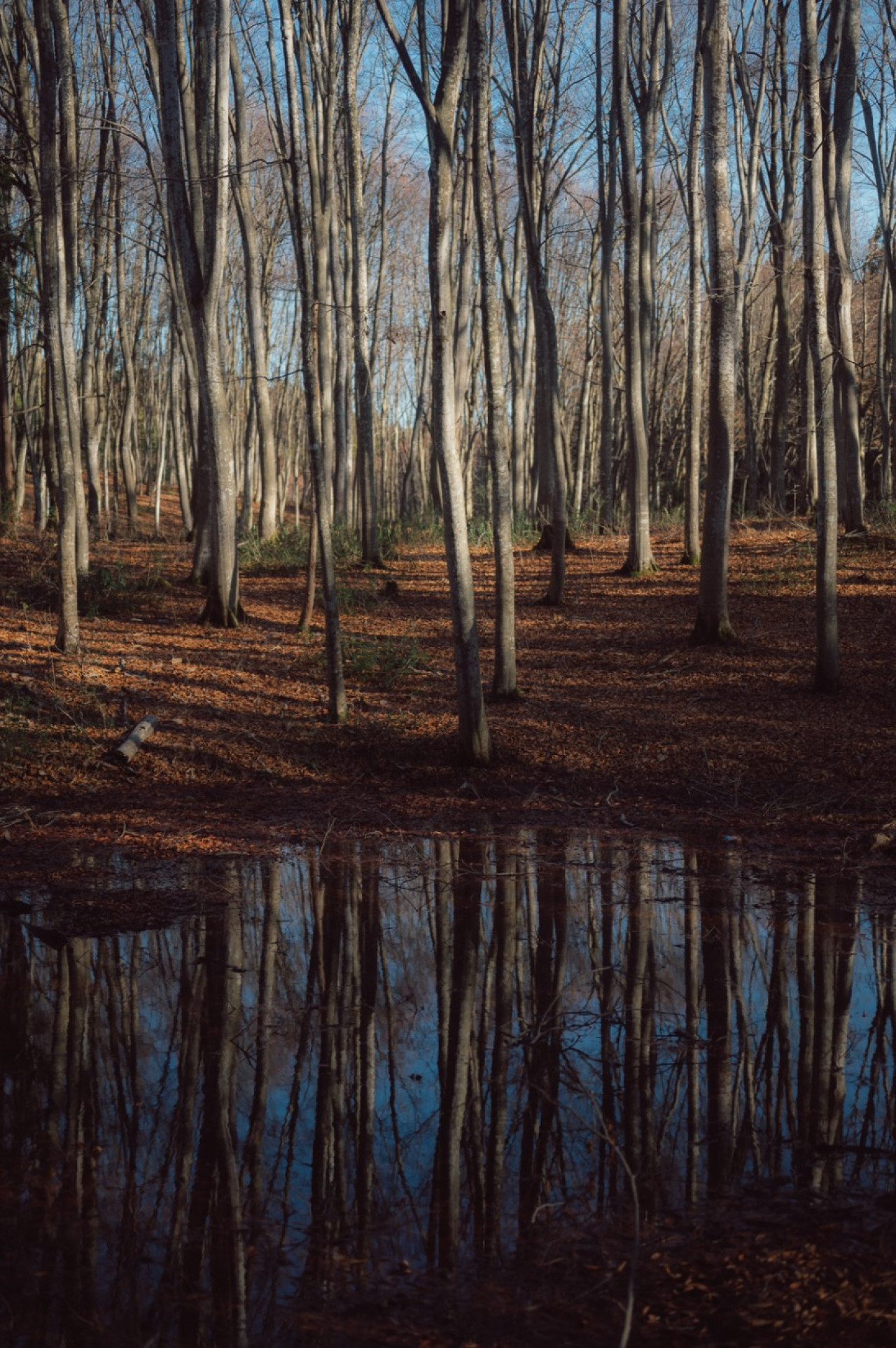
Water stored in beech forests.

Water stored underground for snow removal.
The snow is there to make the water disappear.
The snow makes it possible to produce delicious food such as good rice, sake and vegetables.
The snow is the reason for the culture that has been fostered.
The snow makes the air cleaner.
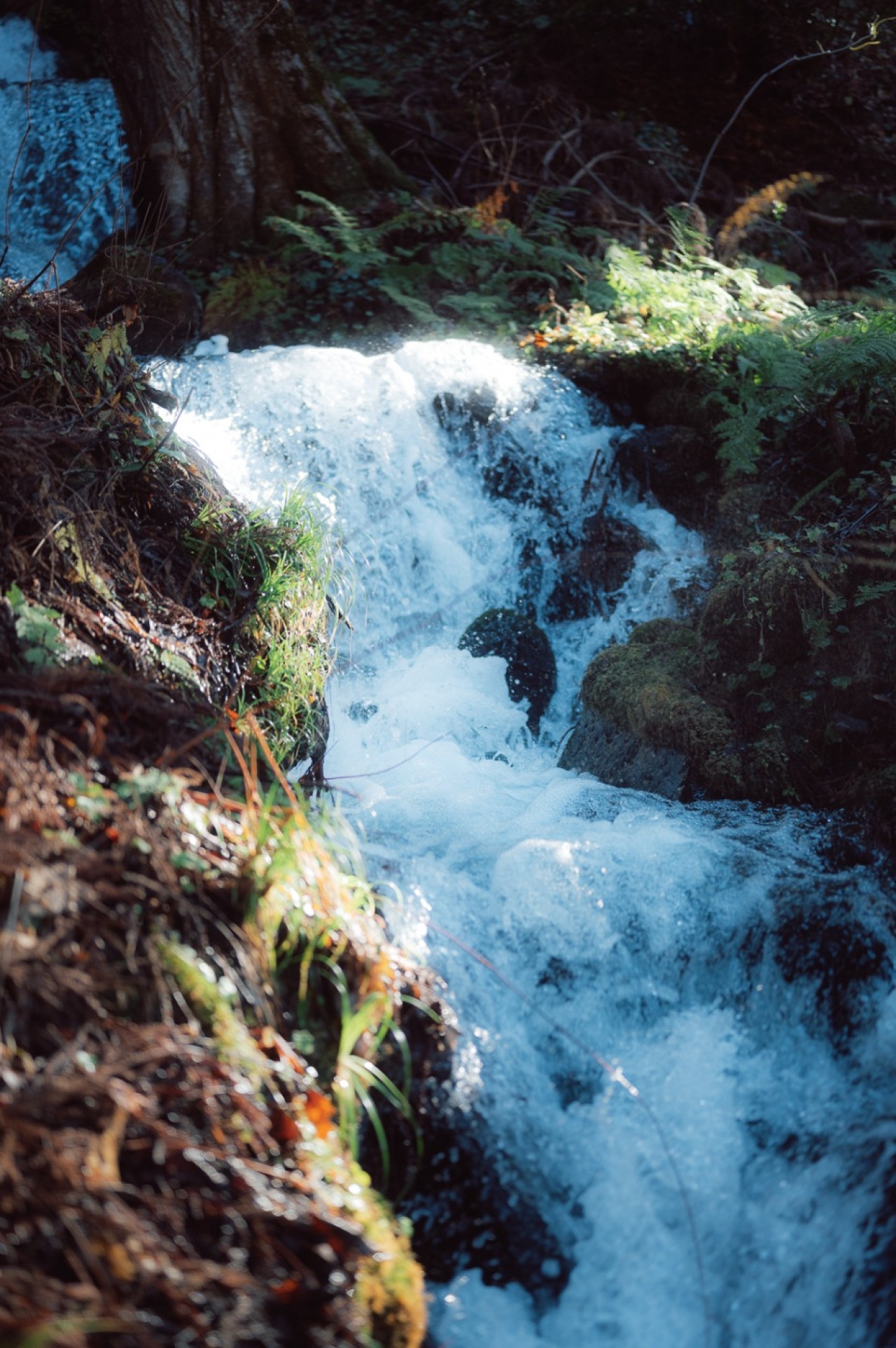
In times like these, I feel there is something to be learnt from the Jomon period.
Now, it will finally start snowing this weekend.
We are told that it will be a mild winter and there will be little snow, but honestly we don't know about nature.
I don't like the snow," she says, "but I'm already looking forward to the spring wild vegetables.
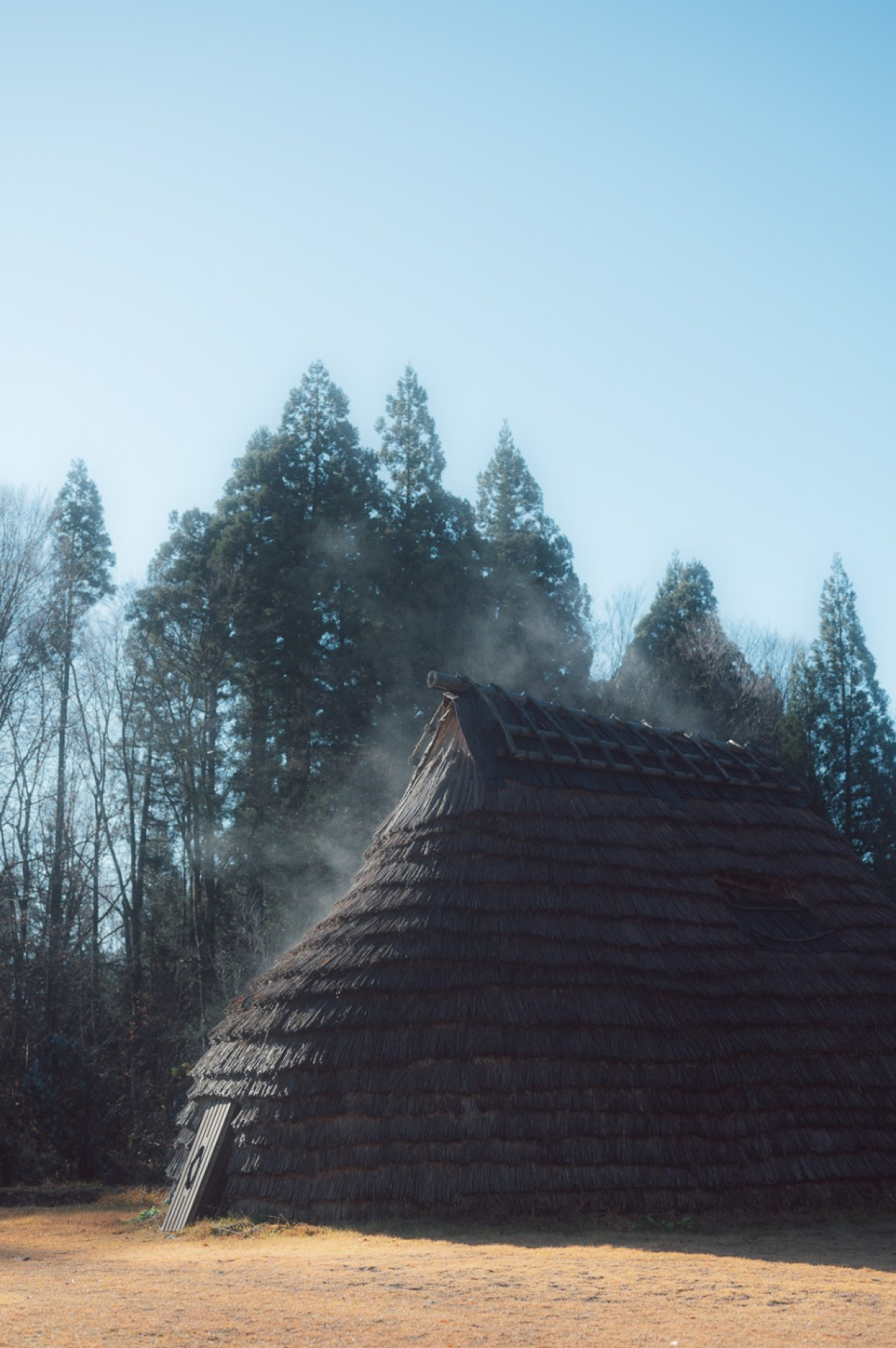
I am sure the Jomon would have felt the same way.
advertisement


